This photo taken on Nov. 19, 2023 shows people wearing traditional Chinese dresses, known as Hanfu, as they take part in a Hanfu parade in Shenyang in China’s northeastern Liaoning province (Image: STR/AFP via Getty Images)
By Babak Baniasadi, Vision Times contributor
In the fast-paced world of fashion, trends appear and vanish with dizzying speed. Yet beneath the surface of seasonal collections and ever-shifting styles lies a provocative question: Could our most enduring cultural garments trace their origins to realms beyond the earthly?
An ancient Chinese fable tells of a master who led three disciples to the edge of a cliff. Without warning, he leapt — and hovered mid-air. Two disciples froze in fear, but the third, moved by complete faith, jumped after him. Together, they rose to the heavens, leaving the others behind. This story invites us to consider a similar leap of imagination: What if our traditional clothing reflects divine patterns passed down through generations?
Divine origins
“There are more things in heaven and earth, Horatio, than are dreamt of in your philosophy,” Shakespeare wrote in “Hamlet.” It’s a fitting sentiment when contemplating whether some of our most cherished garments might carry celestial blueprints.
Across Europe, images of angels in flowing white robes have profoundly influenced Western ceremonial dress. Medieval brides wore veils resembling those seen in church frescoes, channeling an ethereal presence on their wedding day. This tradition continues in modern bridal fashion, where white gowns and delicate veils evoke something transcendent — beyond mere fabric and thread.
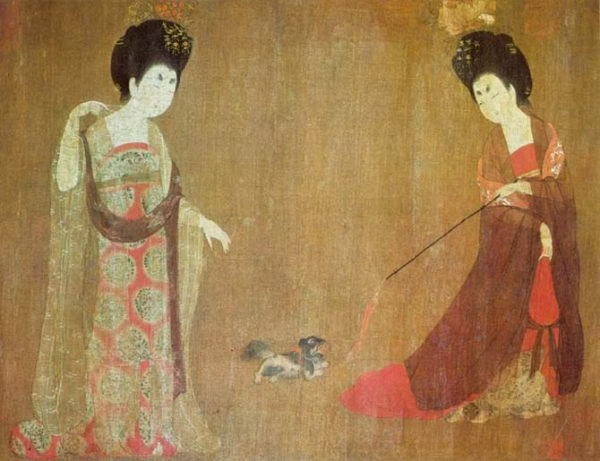
Royal courts offer another example. Kings like Louis XIV donned ornate robes embroidered with biblical motifs to assert their “divine right” to rule. Today’s power suits may seem far removed, yet they still symbolize authority and dignity—perhaps echoing that same lofty ideal of elevated status.
Rooted in history
In ancient Greece, 5th-century BCE red-figure pottery depicts gods and goddesses in gracefully draped himation and peplos. These divine forms continue to inspire modern fashion: “Greek Goddess” gowns with one-shoulder silhouettes and golden belts remain popular. Even gladiator sandals worn today recall those on statues of Hermes and Artemis, reinforcing the timeless bond between divinity and dress.
Buddhist traditions offer a different expression of the sacred in clothing. In 5th-century BCE India, young monks wore simple robes dyed with saffron or turmeric, symbolizing renunciation of worldly excess. Saffron remains sacred in Indian culture, featured prominently in festival garments and spiritual ceremonies. This enduring reverence for the hue reflects a spiritual ideal that has transcended time.
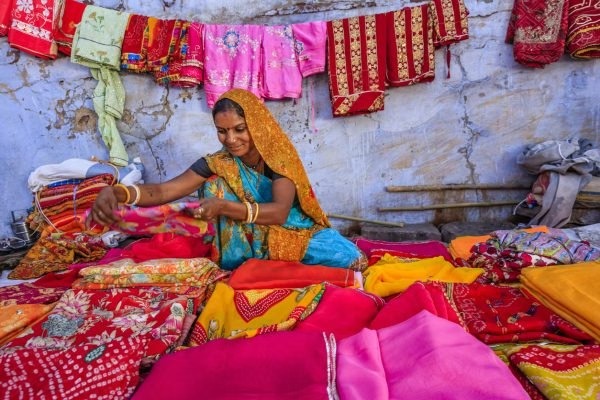
The classical Indian sari, one of the world’s oldest continuously worn garments, appears frequently in depictions of goddesses, bodhisattvas, and celestial beings. Modern saris adorned with brilliant gold thread (zari work) may signify more than cultural heritage — they could subtly echo divine splendor once attributed to higher realms.
A return to ancestral roots
Chinese traditions offer particularly vivid examples of divine influence in fashion. The Eight Immortals of Taoism, often portrayed in flowing robes adorned with cloud and crane motifs, helped establish an aesthetic later embodied in traditional hanfu. With their sweeping sleeves and graceful silhouettes, these garments suggest a whisper of immortal freedom.
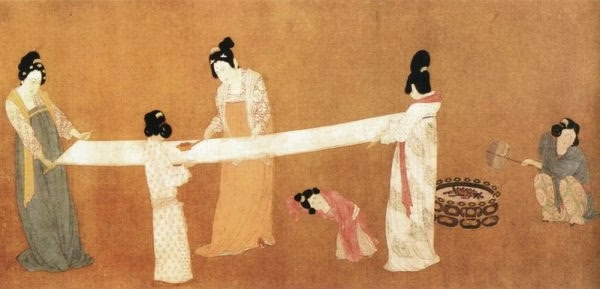
The emperor’s dragon robe — the longpao — was reserved for the “Son of Heaven,” featuring five-clawed dragons and cosmic color schemes to symbolize heavenly authority. Cloud collar motifs (yunjian) further emphasized the connection between imperial rule and celestial power. These elements persist in modern Chinese wedding and festival attire, perhaps weaving faint echoes of heaven into contemporary celebration.
In West African traditions, the Yoruba people honor Shango, the deity of thunder and fire, by wearing vibrant red garments during festivals. This bold color symbolism has shaped regional fashion for generations, showing how divine imagery continues to influence aesthetics.
Divine threads across Africa
The Maasai of East Africa create intricate beadwork where white symbolizes purity, blue represents sky and water, and red signifies vitality and courage. These color codes not only connect wearers to communal life but also to cosmic order — a harmony that transcends ornamentation.

Could these recurring themes across disparate cultures hint at more than coincidence? Might there be a connection between Indian saris, Western formal wear, Cossack uniforms, and Native American ceremonial dress? When we don traditional garments for rituals or dances, are we unknowingly reenacting ancient celestial dramas? For those who believe in any of the spiritual traditions mentioned here, such patterns are no accident — they’re part of a divine arrangement that has guided human culture through the ages.
As Socrates said, “Wisdom begins in wonder.” Practical explanations — like trade routes, climate, or social hierarchy — don’t necessarily rule out divine influence. Perhaps both can coexist, urging us to look deeper into the symbols stitched into our clothing.
Stitching heaven into culture
Many people describe feeling a deep, almost inexplicable sense of belonging when donning ancestral garments—a sense of “coming home.” Could this be a connection to something primeval, a resonance with stories passed down across generations? Even avant-garde designers who reject tradition entirely may be responding to this same heritage—albeit through rebellion.

While the evidence for celestial influence is circumstantial — mosaics, murals, sacred texts, and the persistence of certain motifs — the emotional power of traditional clothing suggests something more profound at play. These garments speak to our cultural memory, touching something beyond surface-level aesthetics.
Whether met with skepticism or curiosity, the idea that our most sacred clothing may carry echoes of the heavens adds richness to our understanding of fashion. And if even a thread of this is true, then traditional attire becomes more than costume — it becomes a living reminder of something higher, something worth preserving.
Original article: https://www.visiontimes.com/2025/03/24/heaven-in-the-hem-unraveling-the-divine-origins-of-traditional-clothing-and-culture.html
✉️ Stay Connected — Subscribe for Weekly Updates
Discover timeless stories, practical wisdom, and beautiful culture — delivered straight to your inbox.
*We only share valuable insights — no spam, ever.

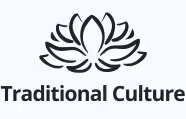
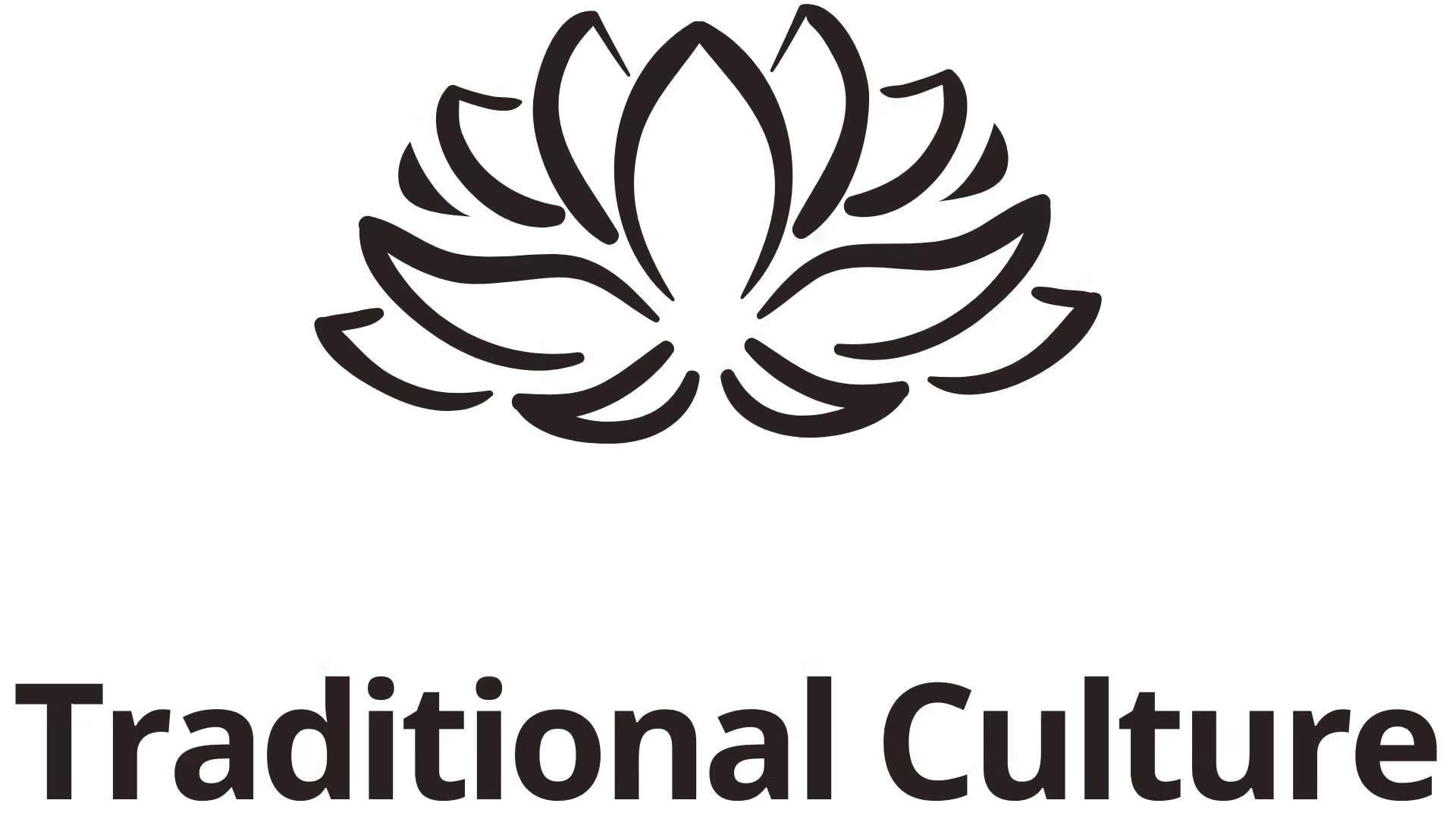

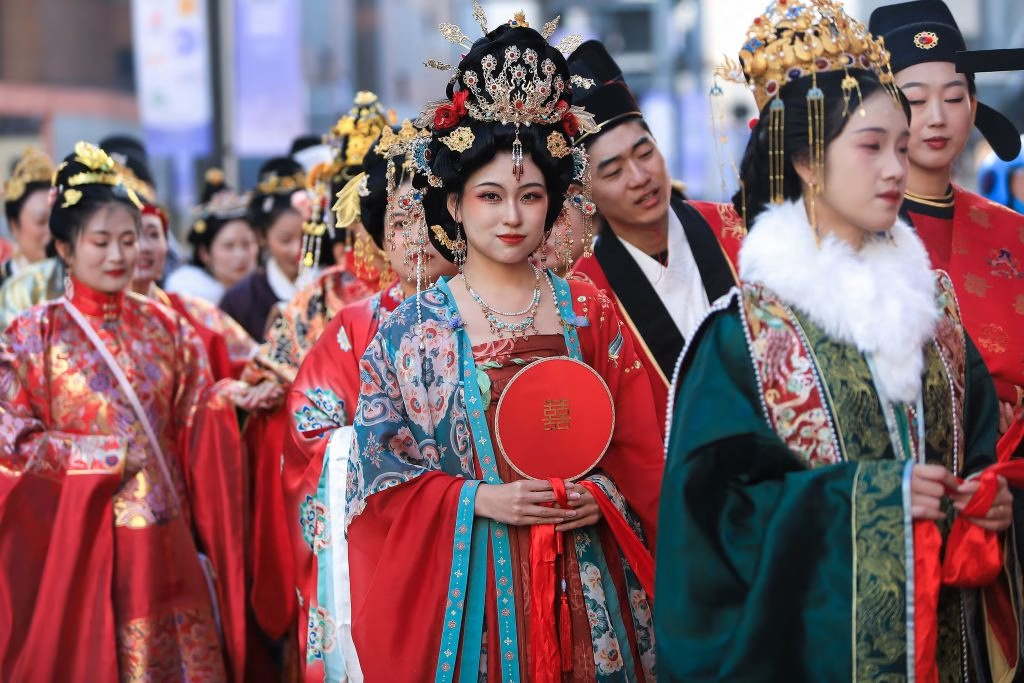


Sustainable Handicrafts: Eco-Friendly Creations for a Greener Future 2025 - 2026
Tháng 7 7, 2025[…] Heaven in the Hem: Unraveling the Divine Origins of Traditional Clothing and Culture […]